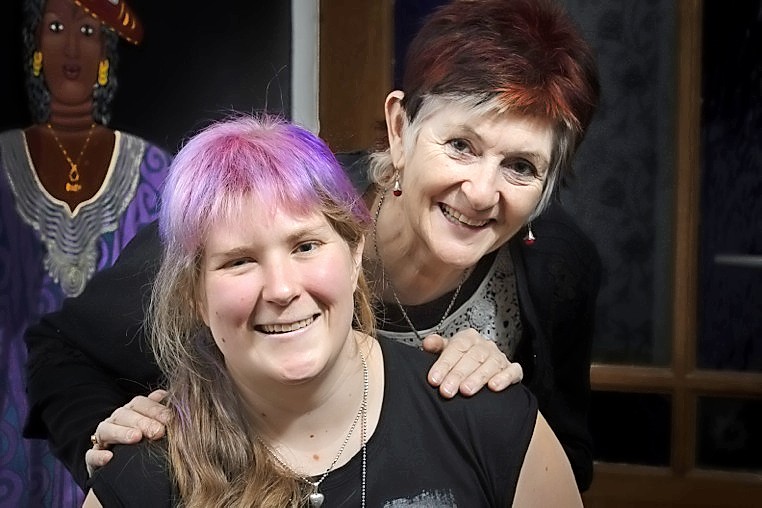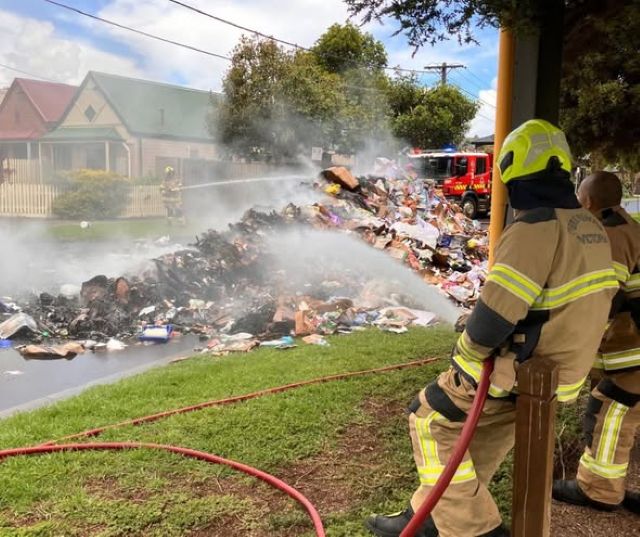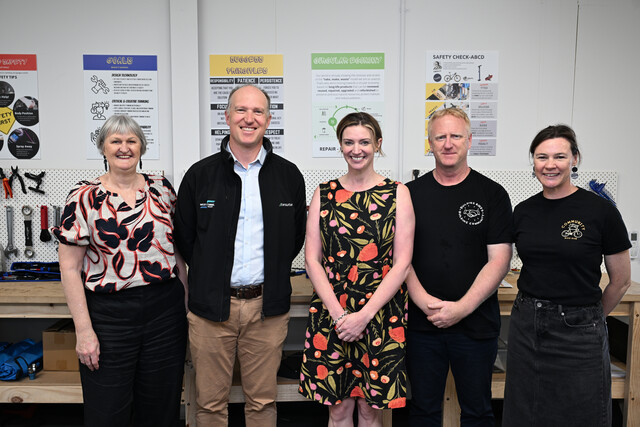For years, Seaholme’s Abbie Kinniburgh thought she was the only person in Australia born without a corpus callosum.
Ms Kinniburgh, 25, has what’s known as a Disorder of the Corpus Callosum (DCC), where the largest connection between the brain’s two hemispheres is missing or malformed, potentially affecting vision and hearing and the ability to walk and talk.
Now, because of improved imaging techniques, the condition can be detected in utero, resulting in many more diagnoses.
Thursday is the first National Corpus Callosum Awareness Day, an initiative of support group Australian Disorders of the Corpus Callosum (AusDoCC), headed up by Ms Kinniburgh’s mother, Maree Maxfield and a group of other mothers.
When Abbie was at high school, Ms Maxfield was told her daughter wouldn’t amount to much because of the condition.
“The first time was in year 9 when they said,
‘Look she won’t be able to keep going, she needs to go and do the vocational TAFE’,” she said. “But with Abbie, we just never say never.”
Ms Kinniburgh is now studying an arts degree at Victoria University and is leaning towards psychology or social work.
“If I can get help, why wouldn’t I keep going with school,” she said. “If I can do it, why not?”
Until she was 20, Ms Kinniburgh and her mother didn’t know anyone else with a DCC. At a conference organised by AusDoCC earlier this year, 100 people with the condition attended.
Ms Kinniburgh wonders how many of her generation or older may be unaware they have a DCC.
“I really want to find the adults,” she said. “The kids are popping up everywhere, but adults with the condition are a lot harder to find.”
Find out more
Details: www.ausdocc.org.au







